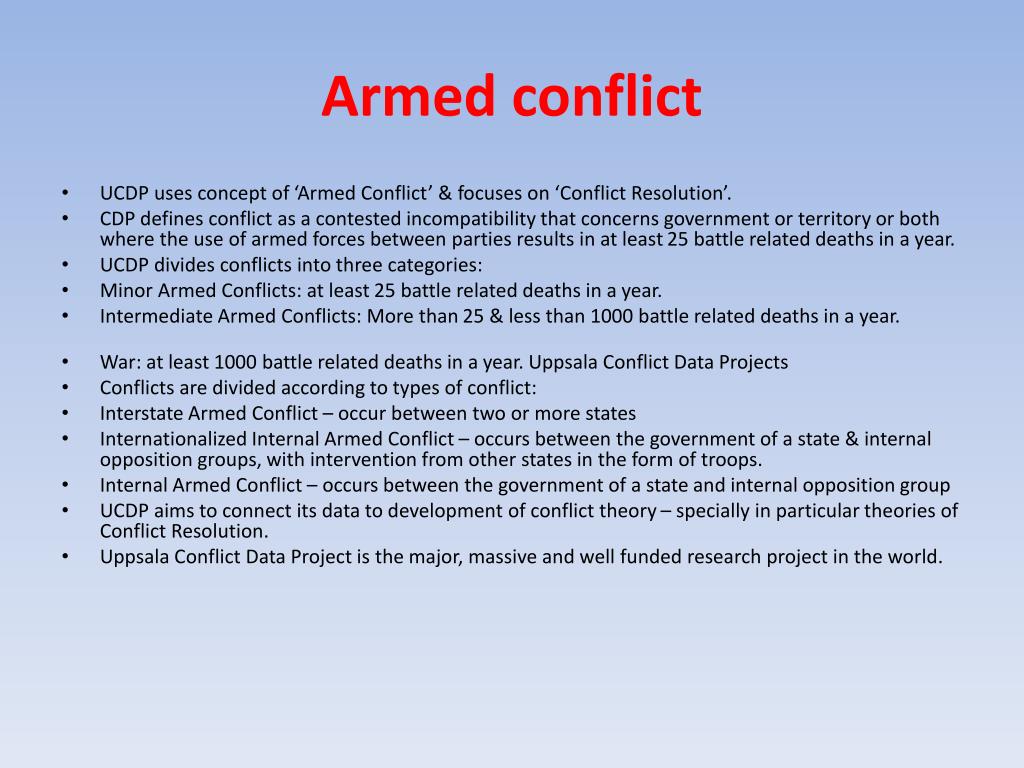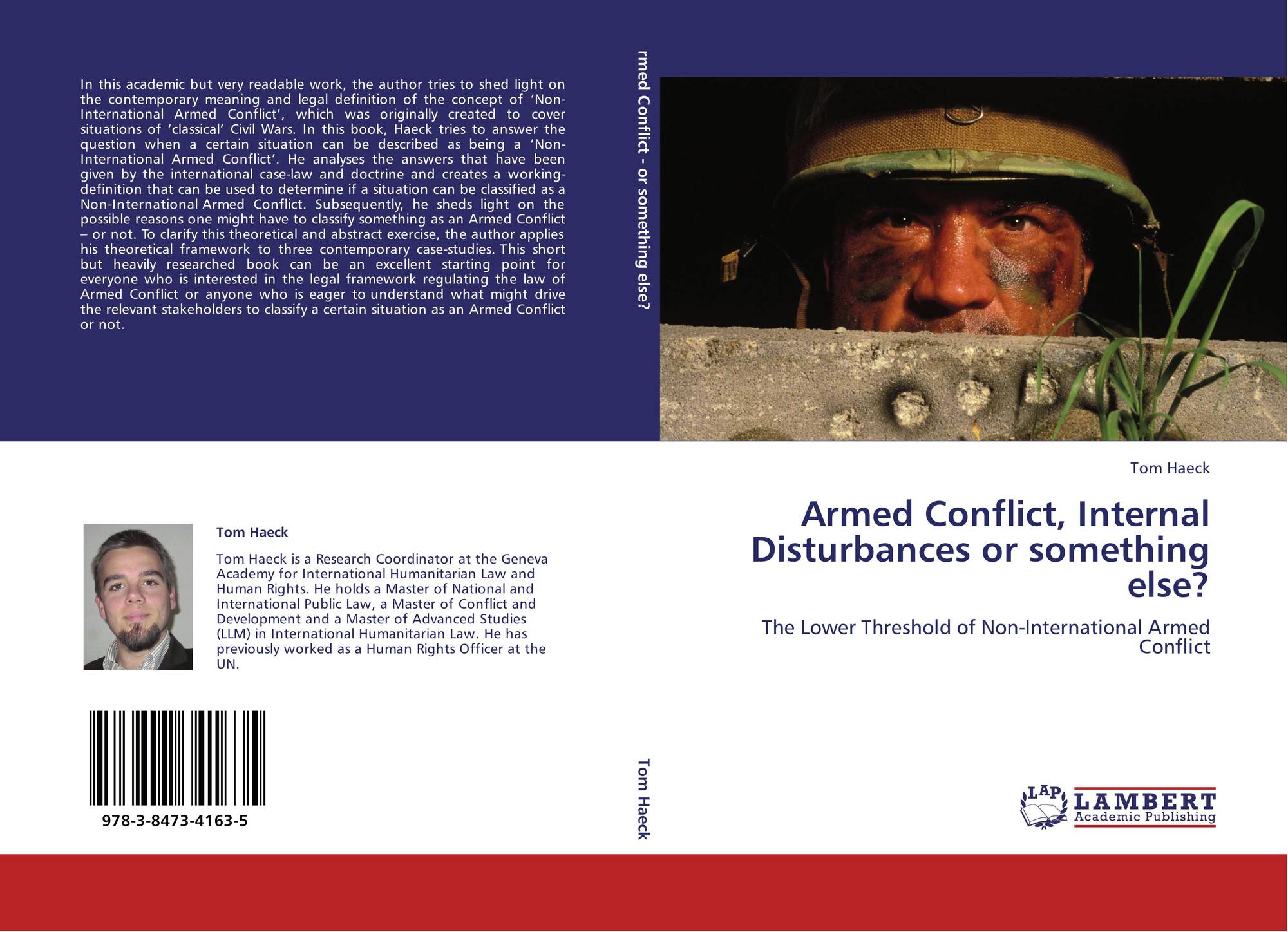

War-Violence is the Primary Means of Coercion It does not help that war and conflict can be, and historically have been, blurred. Others confuse it with strategic competition and realpolitik, calling it ‘political war’. Having no definition causes some to think war is defined by technology. Yet, using ‘war’ to describe everything has turned the word into a rhetorical device (or crutch), leading it to mean nothing. In modern parlance, the word ‘war’ is used to describe a range of coercive situations that are military and non-military, violent and non-violent, in nature. If we cannot define war, it is difficult to recognise the differences between war, conflict, and competition.

If War Means Everything, It Means Nothing Before defining war, it is important to recognise the risk war’s colloquial use poses to our understanding of war. Meanwhile, conflict and competition use violence, and its threat, in different ways. The blog explains how violence is the primary means of coercion in war. This blog defines war, conflict, and competition as a spectrum of political coercion. Without understanding what war is, how can we adequately advise policymakers or statespersons? More importantly, how do we guide our subordinates on the relevant use of land power during these times of rising strategic competition and growing risk of conflict and war? Although war means more than its narrow dictionary definition, the question remains: what is war? ĭefining war, conflict, and competition is vital, particularly for us as professionals of war. This style of ‘political war’ is defined as “…political influence, economic coercion, use of cyber, use of information operations, and …use of military posture” to shape an opponent, their allies and partners. Examples of war’s colloquial use include the trade war between the United States and China, and the concept of grey-zone war (sometimes known as grey-zone warfare). With rising great power contestation and increasing strategic risk across the globe, everything seems to be called ‘war’.


 0 kommentar(er)
0 kommentar(er)
